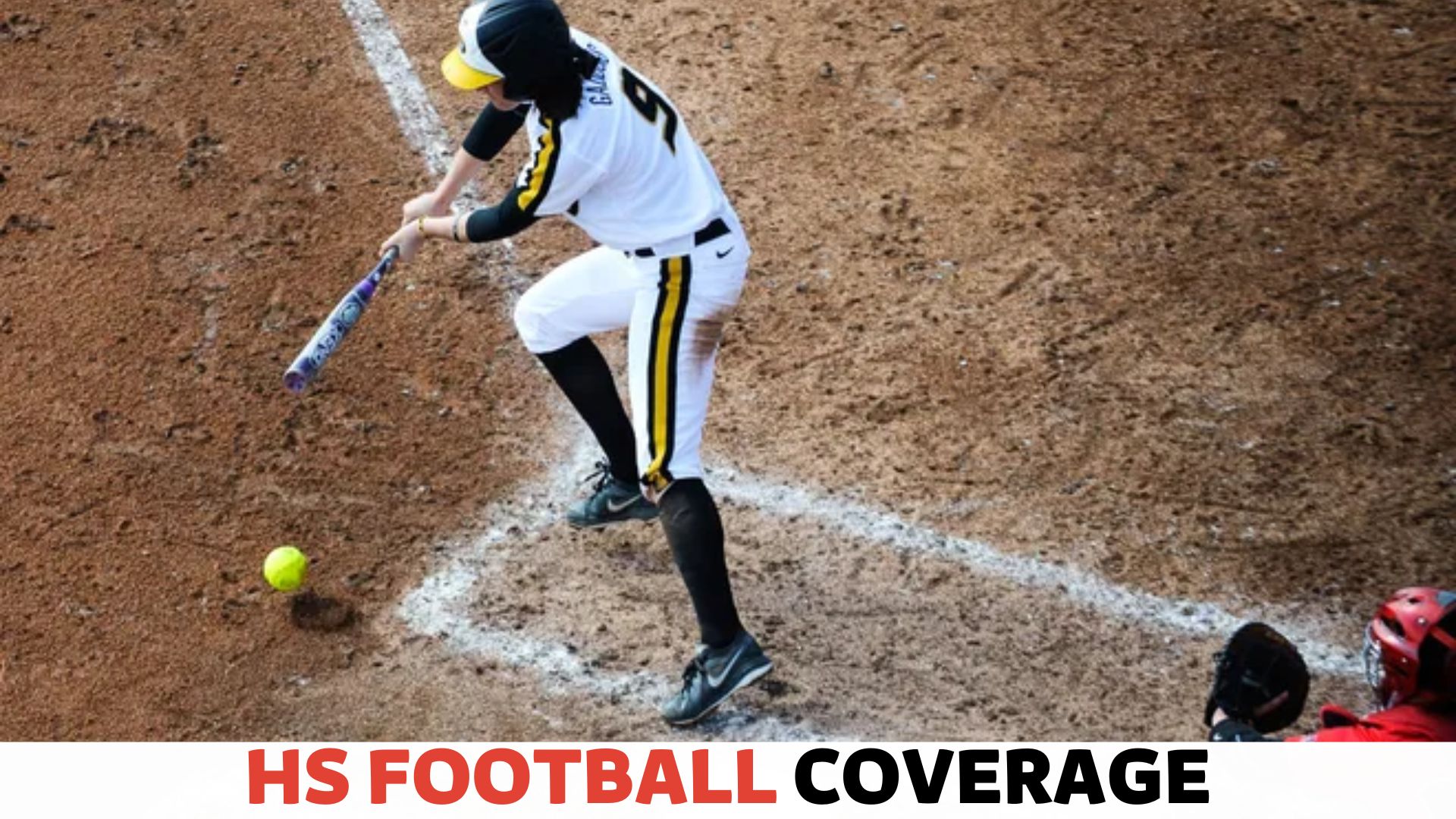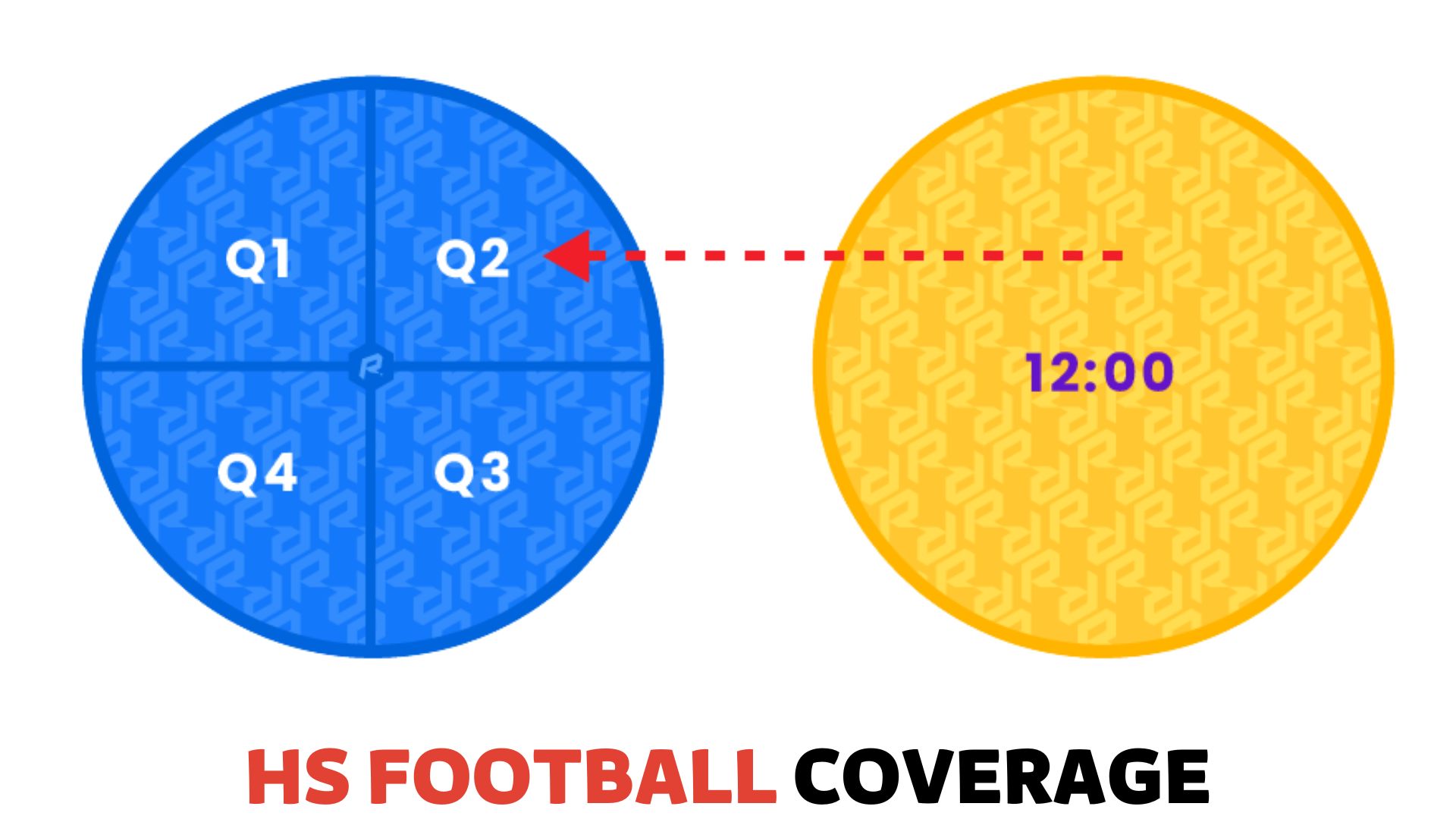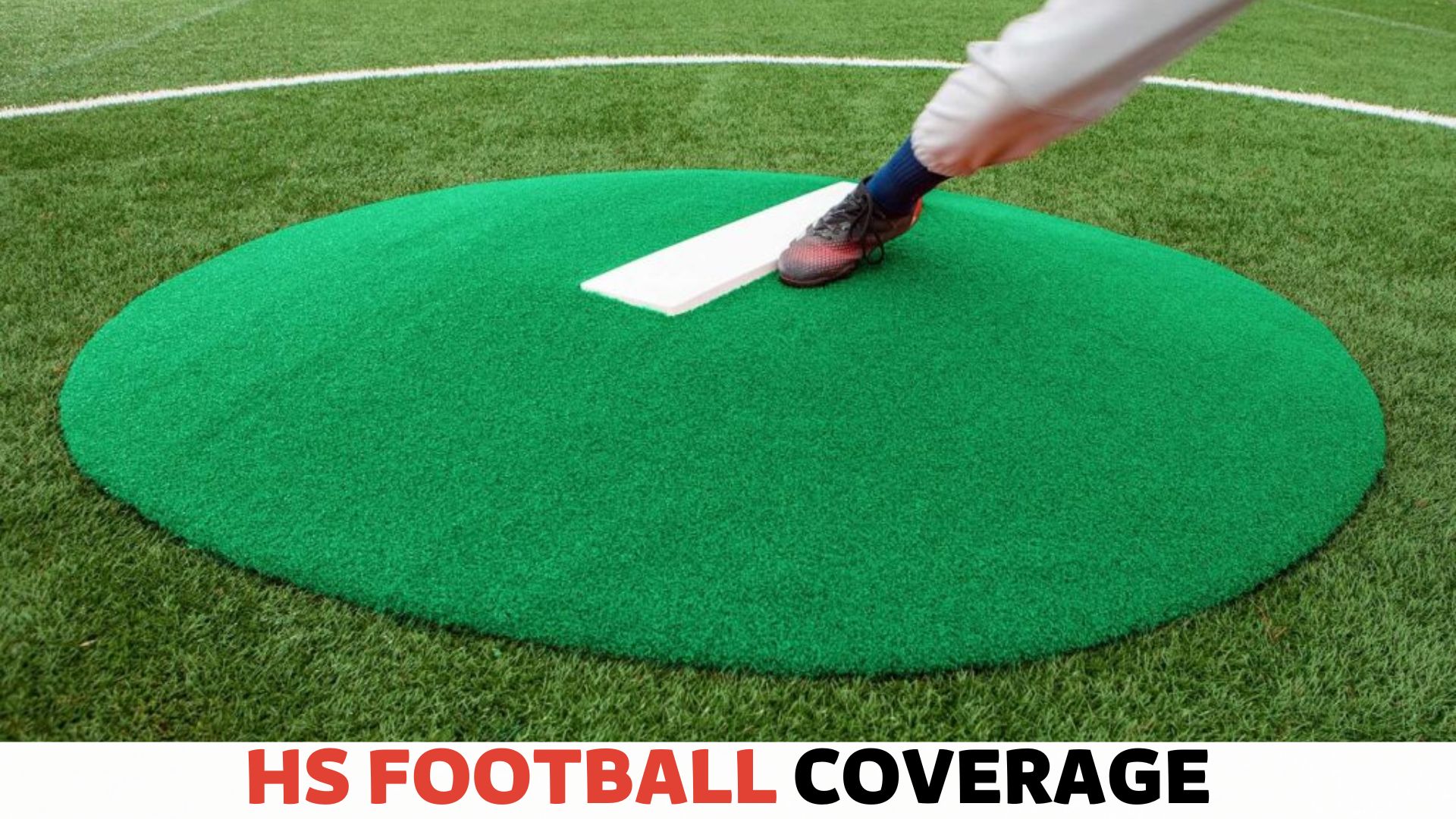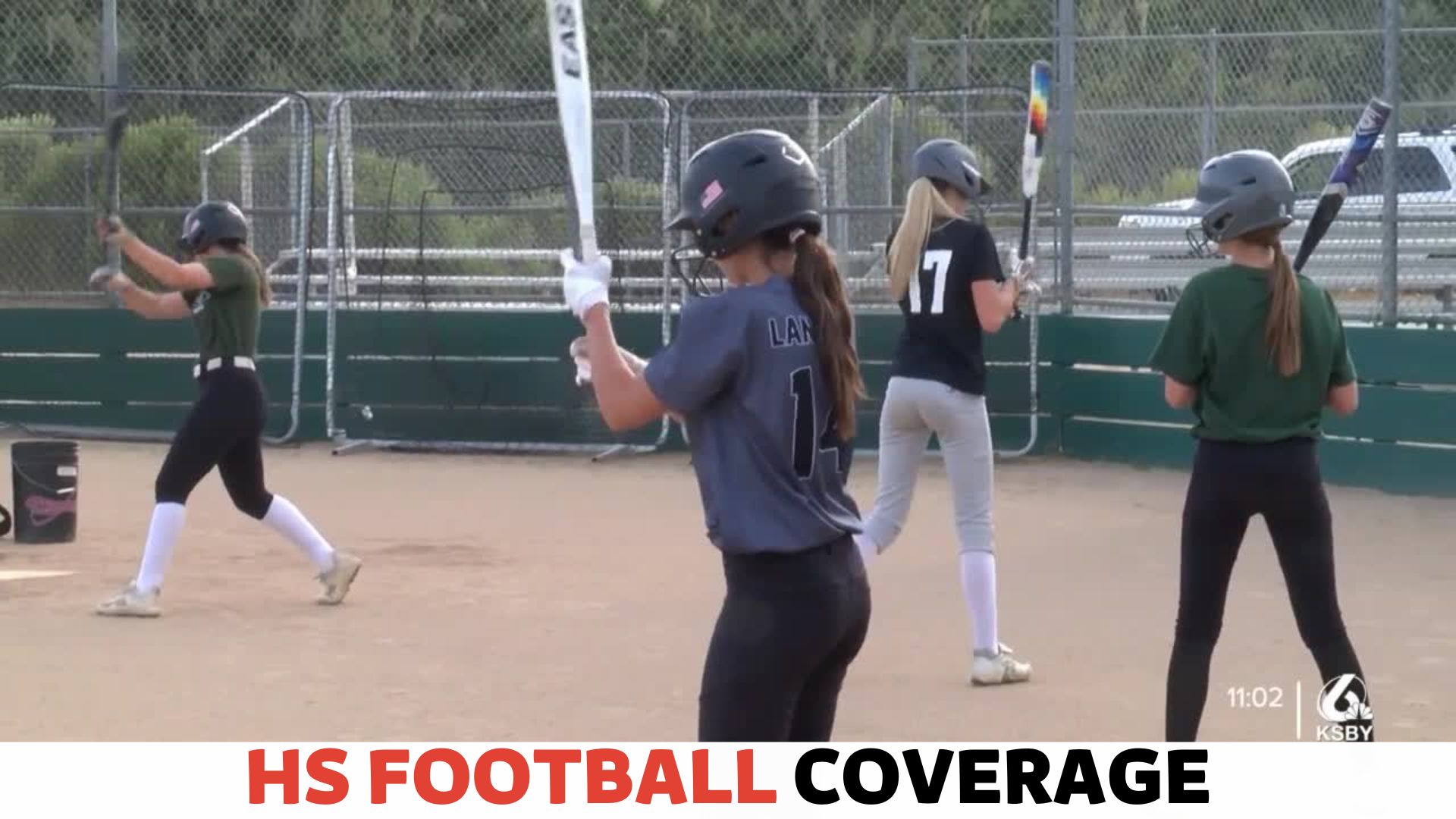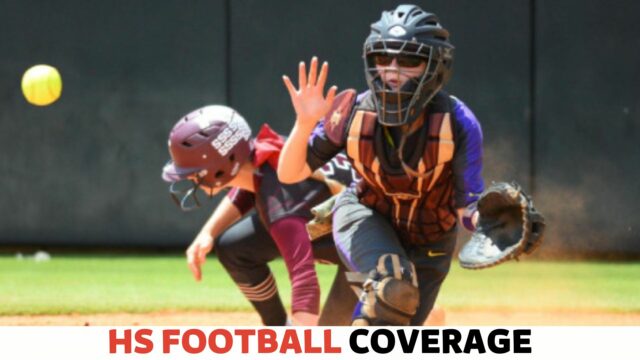
The rules for high school softball are regulations that govern the game and ensure fair play.
What are the High School Softball Rules?
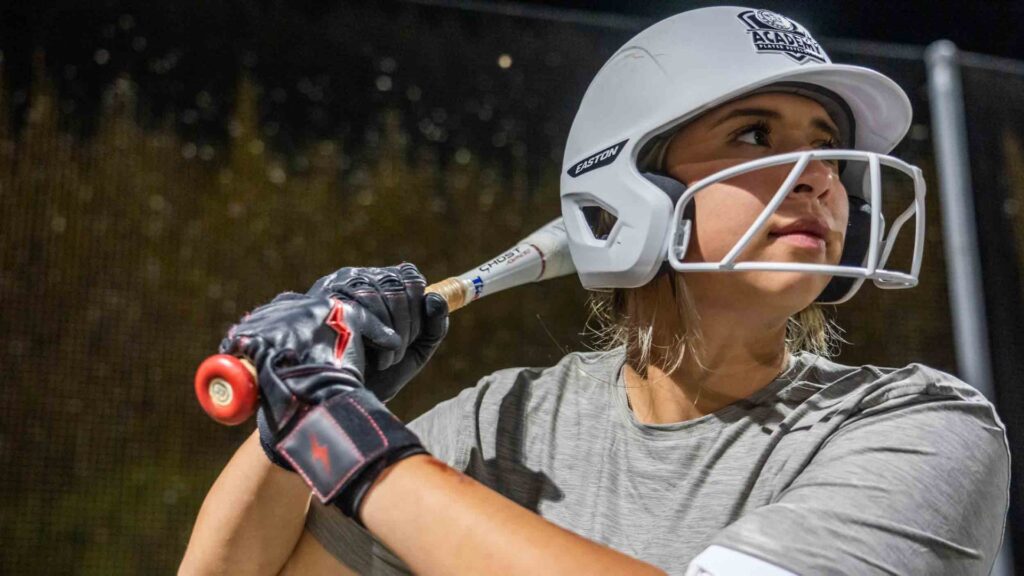
High school softball is a thrilling sport that requires both skill and strategy. Understanding its rules is essential to fully enjoying and participating in the game.
This section will delve into the fundamentals of high school softball, outlining the key rules and regulations.
Understanding the Fundamentals of the Game
Before we discuss the specifics, let’s review the basic concepts of high school softball. This will give players, coaches, and spectators a solid foundation for understanding the game.
The Field:
The softball field consists of three main sections:
- The diamond-shaped infield:
This is where the bases are located. It includes the home plate, first base, second base, and third base. The distance between these bases is 60 feet.
- The outfield:
The outfielders play in the grassy outfield area surrounding the infield. This area is divided into sections: left field, center field, and right field.
- The foul lines and foul territory:
The foul lines extend from home plate to the outfield fence, indicating the boundaries of fair play. Any ball hit outside the foul lines is considered a foul ball.
The Teams:
A high school softball game involves two teams: the home team and the visiting team. Each team consists of nine players on the field, including pitchers, catchers, infielders, and outfielders. Additionally, teams can have substitute players on the bench.
Ensuring Fair Play and Scoring Points
Now that we have covered the basics of high school softball let’s explore the rules that ensure fair play and determine how points are scored.
Pitching and Batting:
One of the fundamental aspects of high school softball is the pitcher’s role. The pitcher stands in the pitcher’s circle, 43 feet away from home plate.
Their objective is to throw the ball over the home plate and within the strike zone, while the batter aims to make solid contact and hit the ball into play.
Base Running:
Once the batter makes contact with the ball, it becomes a base runner. The runner can advance to the next base by running safely, either by reaching the base before the defense gets the ball or by the defense committing an error.
Scoring:
Points in high school softball are called runs. A run is scored when a base runner successfully crosses home plate, having touched all the preceding bases. The team with the most runs at the end of the game is declared the winner.
| Rule | Description |
| Stealing | Runners can try to steal bases. |
| Bunting | Batters can use a short, quick swing to try to hit the ball. |
| Outs | Three outs per team per inning. |
| Forfeits | If a team can’t field enough players, they may forfeit the game. |
These are just a few of the rules that govern high school softball. Familiarizing yourself with the complete set of regulations will ensure you or your team can play the game successfully while adhering to fair play.
In Conclusion
By understanding the fundamentals of high school softball and the rules that govern the game, you can fully engage in the sport and make informed decisions on the field.
Whether you’re a player, coach, or fan, grasp these rules, practice your skills, and enjoy the exciting world of high school softball.
Rulebook Basics: Key Principles
Understanding the rules is key to success when playing high school softball. The rulebook is the guiding light for players, coaches, and umpires, ensuring fairness and uniformity.
In every game. In this section, we will delve into the rulebook basics, focusing on key principles that govern the game of high school softball.
Roles and Responsibilities of Players, Coaches, and Umpires
In a game of high school softball, each person on the field has specific roles and responsibilities that contribute to the smooth functioning of the game. Let’s take a closer look:
- Players: The players are the heart and soul of the game. Their primary responsibility is to showcase their skills on the field while adhering to the rules. This includes batting, pitching, fielding, and baserunning.
- Coaches: The coaches play a vital role in guiding and strategizing. They are responsible for player development, game plans, and in-game decisions. Additionally, they must ensure the team follows the rules and behaves like a sportsman.
- Umpires: The umpires enforce the rules and maintain fair play. They make crucial decisions regarding balls, strikes, fouls, and safe or out calls. Their role is instrumental in ensuring the integrity of the game.
Regulation Field Dimensions and Equipment Requirements
A high school softball game is played on a designated field that adheres to specific dimensions set by the rulebook. The table below outlines the standard dimensions:
| Field Component | Dimensions |
|---|---|
| Pitcher’s Circle Radius | 8 feet |
| Distance Between Bases | 60 feet |
| Distance Between Pitcher’s Rubber and Home Plate | 43 feet |
| Outfield Fence Distance | 200-300 feet |
Aside from field dimensions, high school softball has specific equipment requirements. All players must wear helmets while batting and catching.
Bats and balls must meet certain safety and performance standards outlined in the rulebook.
Official Game Duration and Inning Structure
High school softball games consist of a predetermined duration and inning structure to ensure a fair and structured game. Here are the key details:
- Game Duration: A regulation high school softball game lasts seven innings.
- Inning Structure: An inning is divided into two halves—the top and bottom. Each team can bat and field in both halves.
Players, coaches, and umpires need to familiarize themselves with high school softball’s fundamental rules and principles.
By clearly understanding their roles, responsibilities, field dimensions, equipment requirements, and game duration, everyone can ensure that the game progresses smoothly and fairly.
Gameplay Rules: Strategies for Success
In high school softball, understanding the gameplay rules is essential for success on the field. From scoring and base-running rules to pitching regulations and offensive/defensive player positioning, every aspect of the game plays a crucial role in achieving victory.
This section will dive into the key strategies and techniques that can give your team a competitive edge.
Scoring and Base-running Rules
In high school softball, scoring revolves around players’ ability to advance around the bases and cross home plate. To successfully score points for your team, you need to be aware of the following rules:
- Each team gets three outs per inning to score as many runs as possible.
- A run is scored when a player crosses home plate after touching all bases in the correct order.
- Runners must stay within the basepaths and avoid obstructing the fielding team’s ability to make a play.
- They are considered out if a batted ball hits a runner while in fair territory.
Understanding these scoring and base-running rules allows players to make smart decisions on the field, such as when to steal a base or hold back.
Pitching Regulations and Techniques
Pitching is a crucial aspect of high school softball, and both pitchers and batters need to know and abide by the following regulations:
- The pitcher must have both feet on the rubber at the start of the pitch, with one foot in contact with the rubber throughout the pitch.
- The pitch must be delivered underhand, keeping the arm below the shoulder level.
- The pitcher has the advantage of a 12-to-6 curveball, which can confuse batters with its downward movement.
- Developing a repertoire of different pitches, such as a fastball, changeup, and off-speed pitches, can help keep hitters off balance.
By understanding and mastering these pitching regulations and techniques, pitchers can challenge opposing batters and keep their team in control of the game.
Offensive and Defensive Player Positioning
The strategic positioning of offensive and defensive players in high school softball can greatly impact the game’s outcome. Here are some essential guidelines for player positioning:
- The batter should stand in the batter’s box, ready to swing at pitches within the strike zone.
- Runners should be prepared to advance or retreat based on the play and the coach’s instructions.
- The on-deck batter should warm up and be ready to step into the batter’s box when their turn comes.
- The pitcher should be in the circle’s center, ready to deliver the pitch.
- Infielders should be positioned according to the batter’s tendencies and anticipated play.
- Outfielders should be spaced out, covering different zones of the outfield depending on the hitter’s power and direction.
By strategically positioning offensive and defensive players, teams can maximize their chances of success and effectively respond to different game situations.
Fouls, Violations, and Penalties: Avoiding Infractions
When it comes to high school softball, understanding the rules and avoiding infractions is crucial for a team’s success.
Knowing how to identify common rule violations, techniques for minimizing errors, and effective strategies for staying ahead of the game can make all the difference.
This section will explore the importance of avoiding fouls, violations, and penalties in high school softball, providing you with the knowledge and tools to excel on the field.
Common Rule Violations and Their Consequences
Awareness of high school softball’s most common rule violations can help players and teams avoid unnecessary penalties. Here are some commonly violated rules and their consequences:
- Illegal pitch: An illegal pitch is one of softball’s most common rule violations. This occurs when a pitcher fails to maintain contact with the pitching rubber or doesn’t follow the correct pitching motion. The consequence of an illegal pitch is usually a ball being awarded to the batter.
- Stepping out of the batter’s box: Another common violation is when a batter steps out of the designated batter’s box before swinging or making contact with the ball. Depending on the circumstances, this action could result in an automatic strike or an out being called.
- Obstruction can occur when a defensive player impedes an offensive player’s progress. This could be by blocking a base, the plate, or a runner’s path. The consequence of obstruction is usually the offensive player being awarded an additional base.
- Baserunner interference: Baserunner interference occurs when a runner interferes with a defensive player’s ability to make a play. This interference could involve colliding with a fielder intentionally or failing to avoid a fielder attempting to make a play. Consequences of baserunner interference can include the runner being called out.
Techniques for Minimizing Errors and Penalties
To minimize errors and penalties, players can focus on developing specific techniques. Here are some effective strategies to help avoid infractions:
- Practice pitch control: Proper pitch control and maintaining contact with the pitching rubber can help pitchers avoid illegal pitch violations. Regular training and coordination drills can assist in mastering the correct pitching motion.
- Stay within the batter’s box: Batters should make a conscious effort to stay within the designated batter’s box during their at-bat. They can avoid stepping out and potential penalties by keeping their feet within the lines.
- Follow base running rules: Runners need to familiarize themselves with base running rules and be aware of defensive players’ positions. By understanding when to yield and how to avoid interference, runners can minimize the risk of committing baserunner violations.
Strategies for Staying Ahead of the Game
Staying ahead of the game requires a proactive mindset and strategic thinking. Here are some strategies to help you avoid fouls, violations, and penalties:
- Study and understand the rulebook: Take the time to thoroughly study the rulebook and ensure you are familiar with all the regulations. Understanding the rules will help you avoid infractions and respond effectively in different game situations.
- Regular practice and drills: Practice enhances your skills and reinforces good habits. Regularly incorporating drills focusing on proper techniques and rule compliance can help you develop muscle memory and reduce the chances of committing violations.
- Effective communication: Establish clear communication between teammates to avoid misunderstandings and ensure everyone is on the same page. Good communication can help prevent errors and penalties caused by misinterpretations or lack of coordination.
- Seek guidance from coaches: Coaches have a wealth of knowledge and experience in the game. Seek their guidance and advice on rule-related matters and strategies for avoiding infractions.
Sportsmanship and Fair Play: Ethical Guidelines
Sportsmanship and fair play are fundamental principles in high school softball that promote a positive and enjoyable experience for all participants.
These ethical guidelines shape the behavior and conduct of players, coaches, and spectators both on and off the field.
Respecting opponents, officials, and teammates, displaying good sportsmanship, and understanding the importance of fair play are key aspects of fostering a competitive yet fair environment.
This article will explore these essential elements of sportsmanship and fair play in high school softball.
Respecting Opponents, Officials, and Teammates
Respecting everyone involved in the game, from opponents to officials and teammates, is critical to being a good sport in high school softball.
It involves treating others with courtesy, fairness, and dignity. Here are some key ways to demonstrate respect in your behavior:
- Listen attentively to your teammates and coaches, valuing their opinions and contributions.
- Support and encourage your teammates, celebrating their successes and offering constructive feedback when needed.
- Show respect for your opponents by congratulating them on good plays and maintaining a positive attitude throughout the game.
- Address officials with respect, even if you disagree with their calls. Remember that they are neutral arbitrators, ensuring a fair game for both teams.
Displaying Good Sportsmanship Both on and Off the Field
Good sportsmanship goes beyond the rules of the game. It extends to your conduct before, during, and after the match.
Upholding good sportsmanship reflects your respect for the game, your opponents, and yourself. Here are some ways you can display good sportsmanship:
- Regardless of the outcome, shake hands with the opposing team before and after the game.
- Avoid excessive celebrations or taunting that may demean your opponent.
- Accept both victory and defeat graciously, acknowledging the efforts of both teams.
- Never engage in unsportsmanlike behavior such as trash-talking, cheating, or intentionally injuring opponents.
- Thank your coaches, officials, and volunteers for contributing to the game.
Understanding the Importance of Fair Play
Fair play is at the core of high school softball, ensuring equal opportunities, respect for the rules, and integrity among all participants. Here are some reasons why fair play is integral to the sport:
| Guidelines | Action |
| Respect opponents, officials, and teammates | Understand the importance of fair play. |
| Display good sportsmanship both on and off the field | Shake hands with opponents, accept victories and defeats graciously, and avoid unsportsmanlike behavior. |
| Understand the importance of fair play. | Recognize fair play as the foundation for trust, equal opportunities, and a positive sporting environment. |
- Fair play builds trust among players and teams, fostering healthy competition.
- It promotes a level playing field in which the game’s outcome is determined by skill and strategy rather than unfair advantages.
- Fair play cultivates a positive and inclusive environment, encouraging more students to participate in softball and enjoy the sport.
- It teaches important life lessons such as accountability, teamwork, and resilience.
By adhering to these ethical guidelines, high school softball players can contribute to an atmosphere of fairness, respect, and camaraderie.
Such an environment enhances the overall sporting experience and promotes the development of valuable life skills that extend beyond the field.
Safety Rules: Protecting Yourself and Others
Get ready for high school softball with these essential safety rules. From wearing protective gear to practicing proper techniques, these guidelines will help you protect yourself and others on the field. Stay safe, and have a great game!
When it comes to playing high school softball, safety should always be a top priority. Softball is an exciting and competitive sport, but it also requires players to be aware of potential risks and take necessary precautions to protect themselves and others.
By following certain safety rules, players can reduce the likelihood of injuries and create a safe and enjoyable environment for everyone involved.
In this section, we will discuss three important areas of safety that all high school softball players should be familiar with: proper warm-up exercises and stretching routines, injury prevention techniques, and the proper use of protective gear.
Proper Warm-up Exercises and Stretching Routines
Before getting on the field, players should engage in warm-up exercises and stretching routines.
These help prepare the body for the game’s physical demands, reduce the risk of muscle strains and joint injuries, and increase overall flexibility.
Here are a few examples of warm-up exercises and stretches that are beneficial for softball players:
- Light jogging or brisk walking increases heart rate and strengthens muscles.
- Dynamic stretches such as arm circles, leg swings, and lunges to improve range of motion and flexibility.
- Static stretches that target major muscle groups like the shoulders, back, hips, and thighs, holding each stretch for 20-30 seconds.
It’s important to note that warming up should be done before every practice session or game, as it helps prevent injuries and prepares the body for optimal performance.
Injury Prevention Techniques
Softball players can further reduce the risk of injuries by following these injury prevention techniques:
- Practice proper techniques and mechanics for throwing, catching, and batting to minimize unnecessary stress on the body.
- Listen to your body, and don’t push through pain or discomfort. Consult a coach or healthcare professional if you feel any pain or unusual sensations.
- Stay hydrated before, during, and after games to prevent muscle cramps and fatigue.
- Avoid overuse injuries by giving your body enough time to rest and recover between intense workouts and games.
Players can stay on top of their game by implementing these injury prevention techniques while minimizing the risk of common softball-related injuries.
Proper Use of Protective Gear
Wearing the appropriate protective gear is crucial in softball to protect against potential injuries from direct contact with the ball or other players. Here are some essential pieces of protective gear that every player should use:
| Protective Gear | Description |
| Helmet | A helmet with a face mask helps safeguard the head and face from injuries caused by a pitched or batted ball. |
| Face Guard | Faceguards are protective attachments that can be added to the helmet to shield the player’s face. |
| Shin Guards | Designed to protect the lower leg from foul balls and sliding players, shin guards are essential for catchers and infielders. |
| Protective Cup | A protective cup provides crucial protection for male players, guarding against potential injury in the groin area. |
| Sunscreen | Sunscreen should not be overlooked, as it protects the skin from harmful UV rays during day games or practices under the sun. |
By properly using this protective gear, players can prevent serious injuries and enjoy the game with peace of mind.
Conclusion
To wrap up, understanding high school softball rules is crucial for both players and spectators.
By familiarizing yourself with the guidelines regarding field dimensions, player positions, scoring, and equipment, you can fully appreciate the sport’s intricacies.
Remember, the primary objective is to prioritize fair play, teamwork, and sportsmanship.
So, lace up your cleats, grab your glove, and immerse yourself in the exciting world of high school softball!








